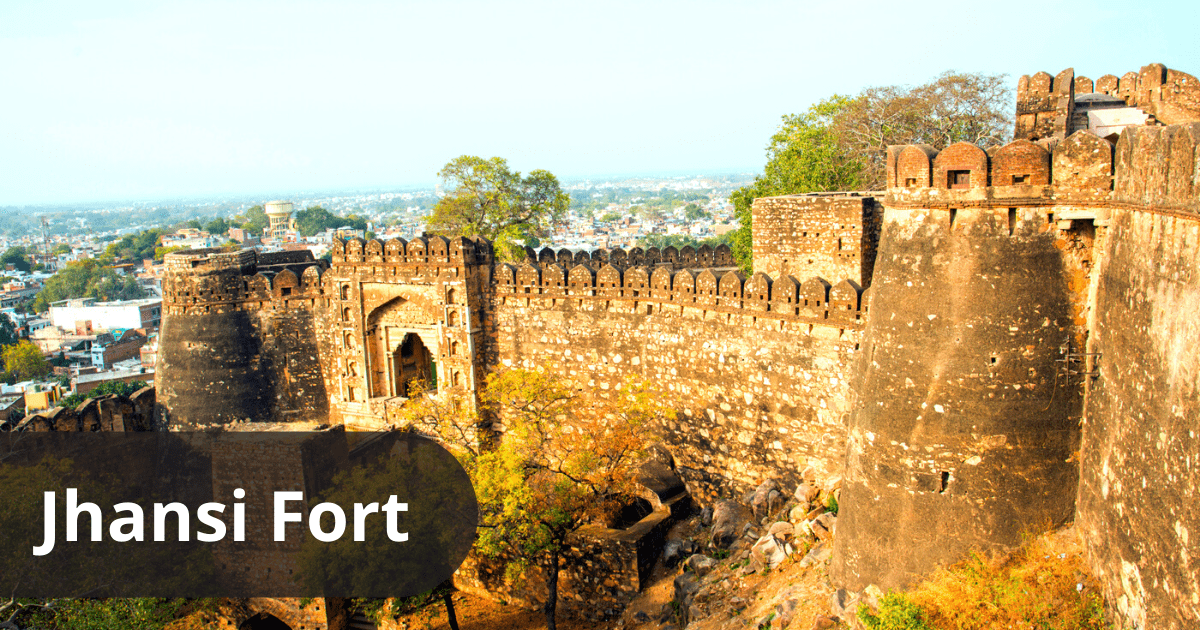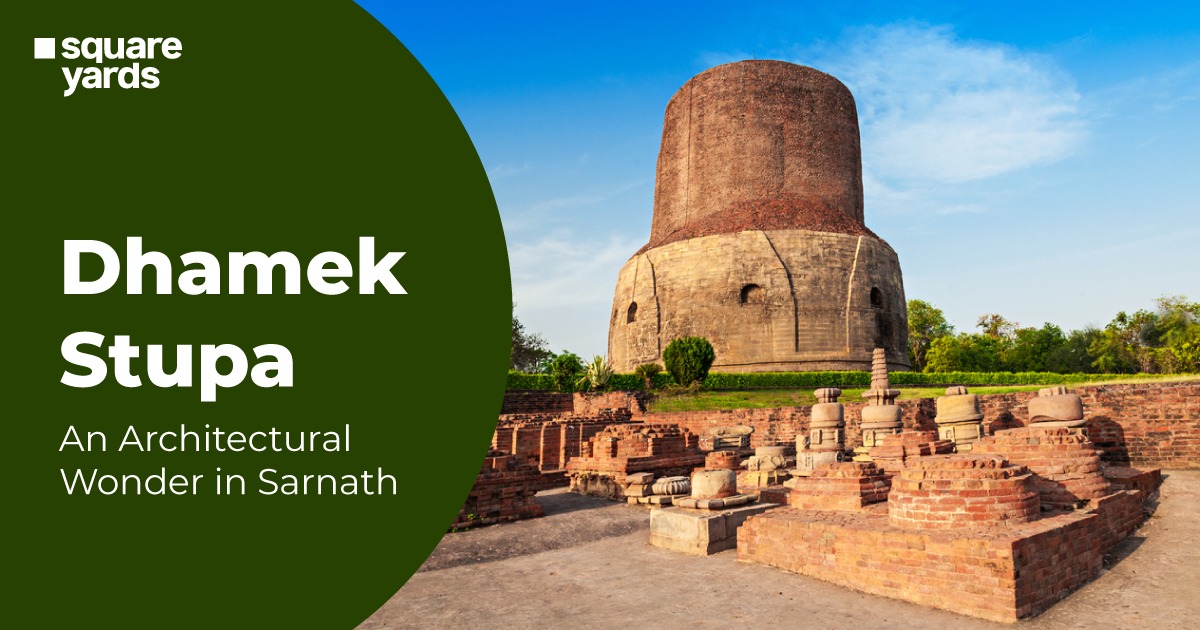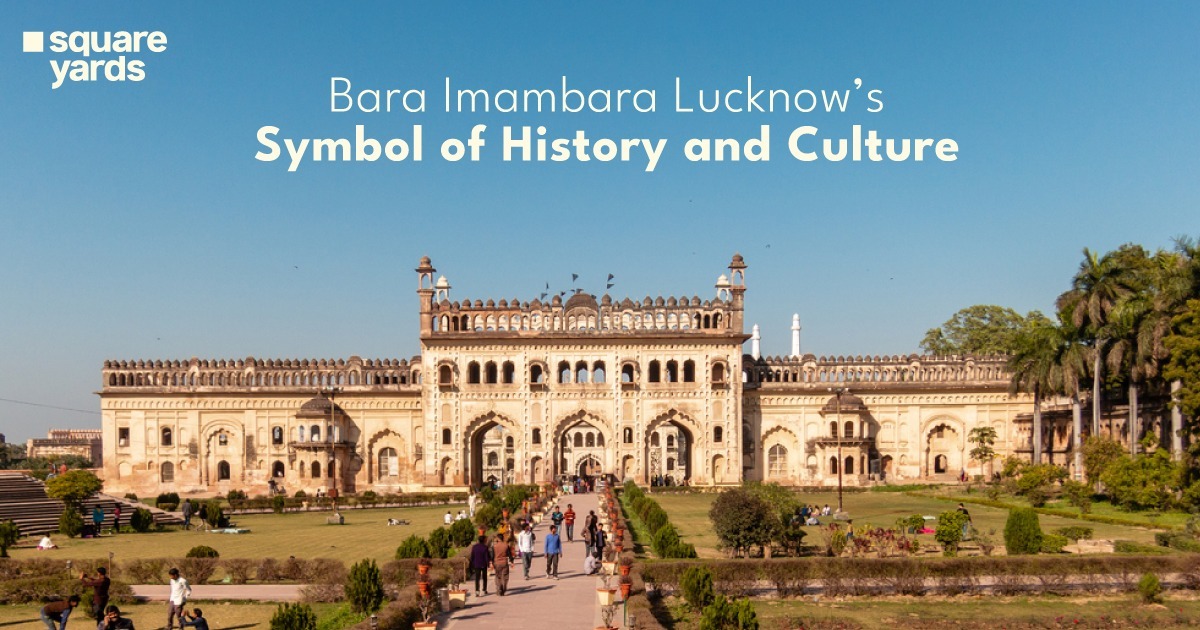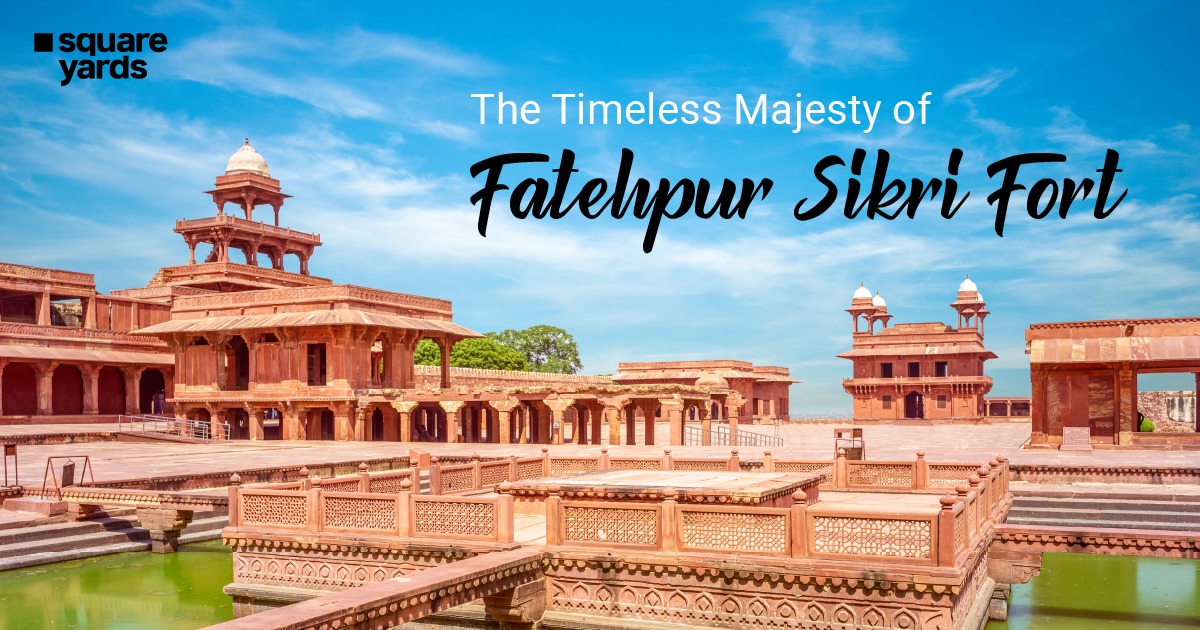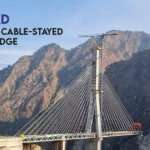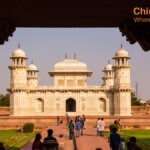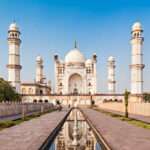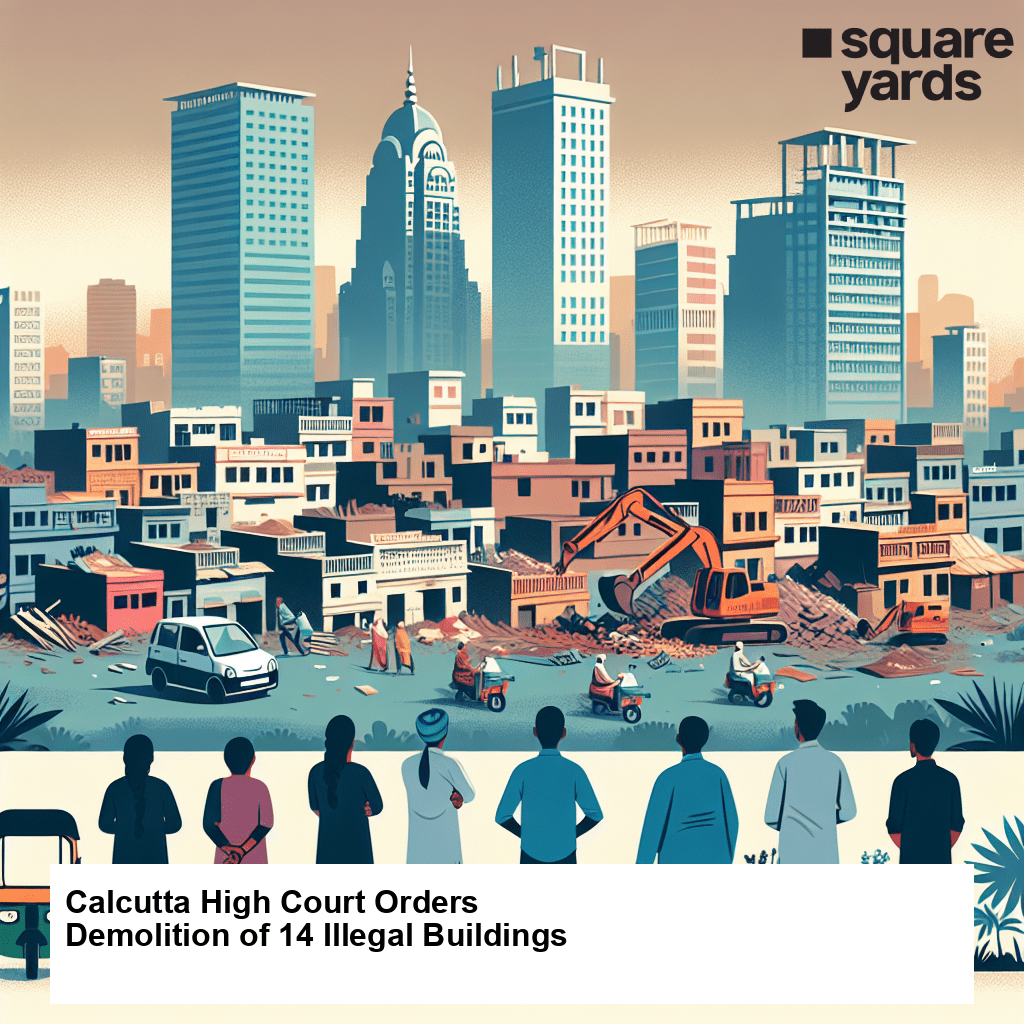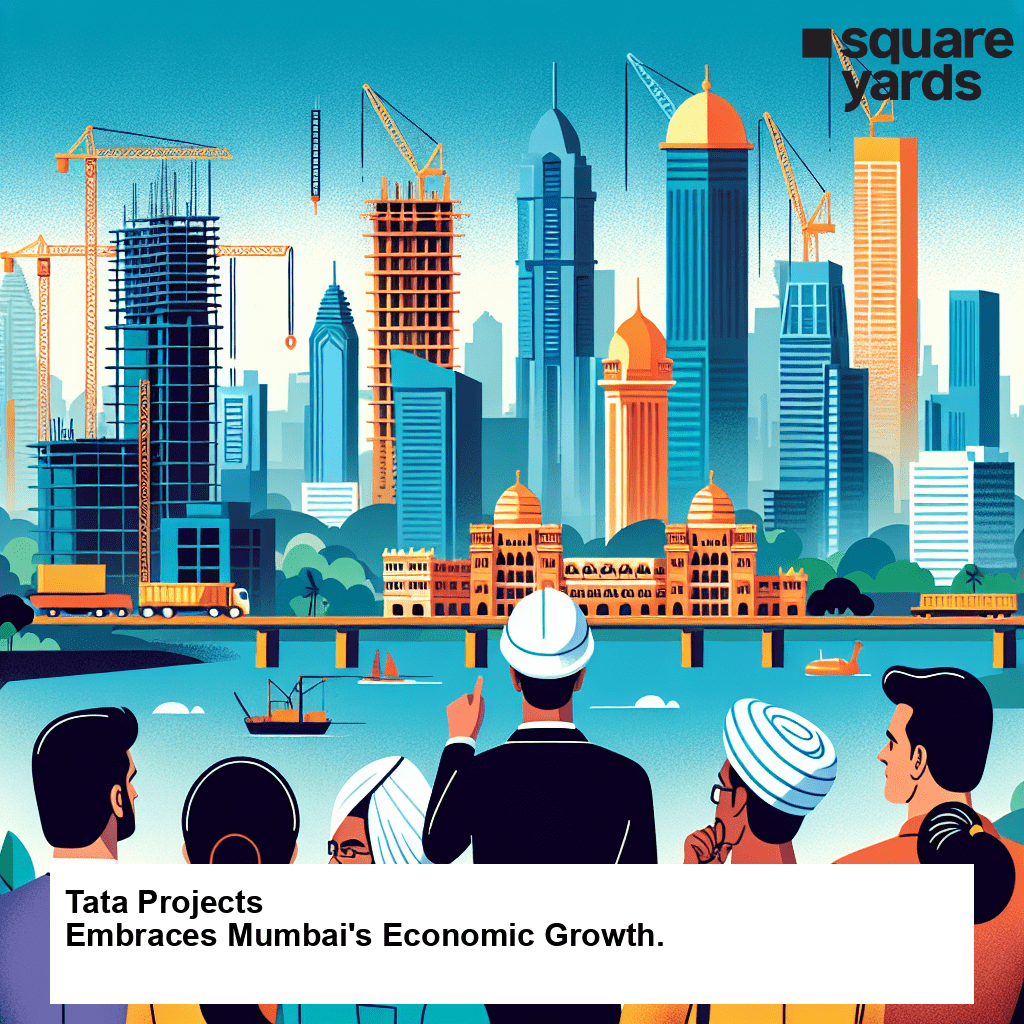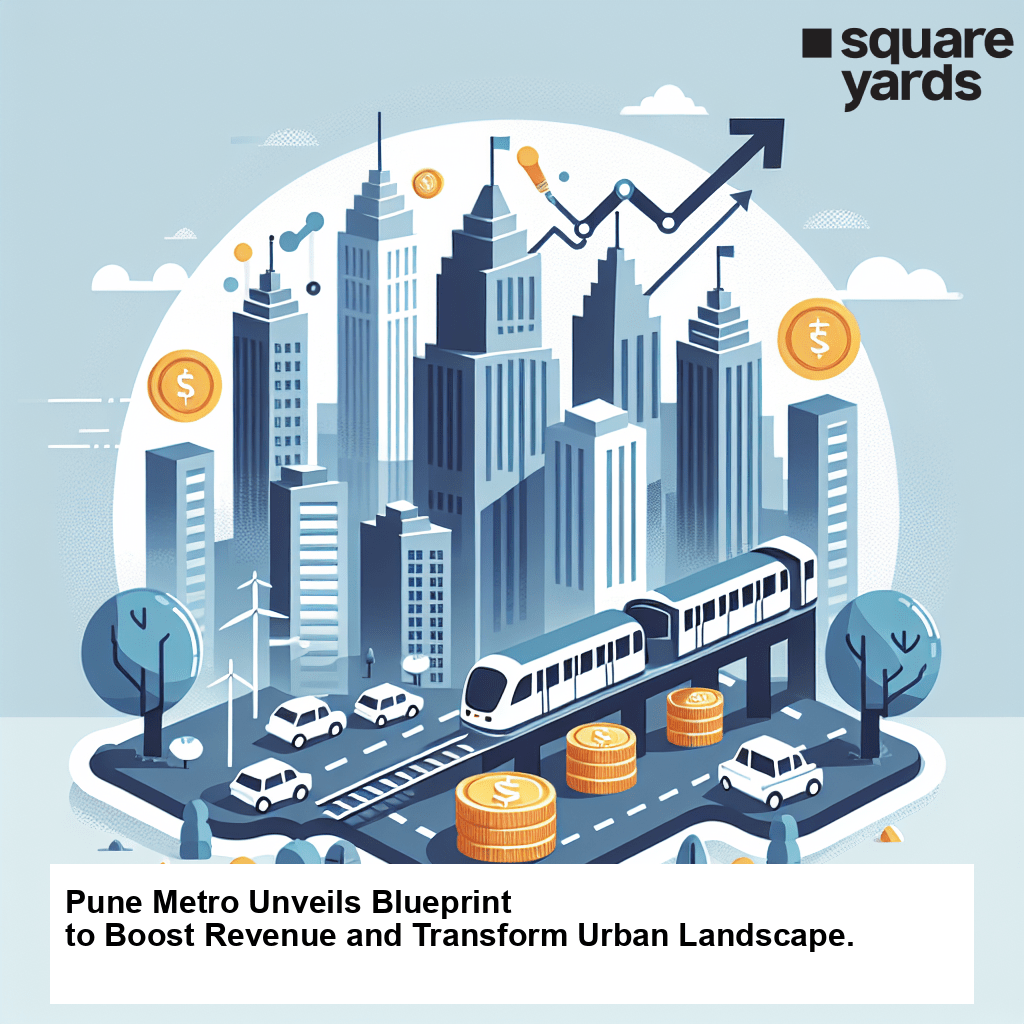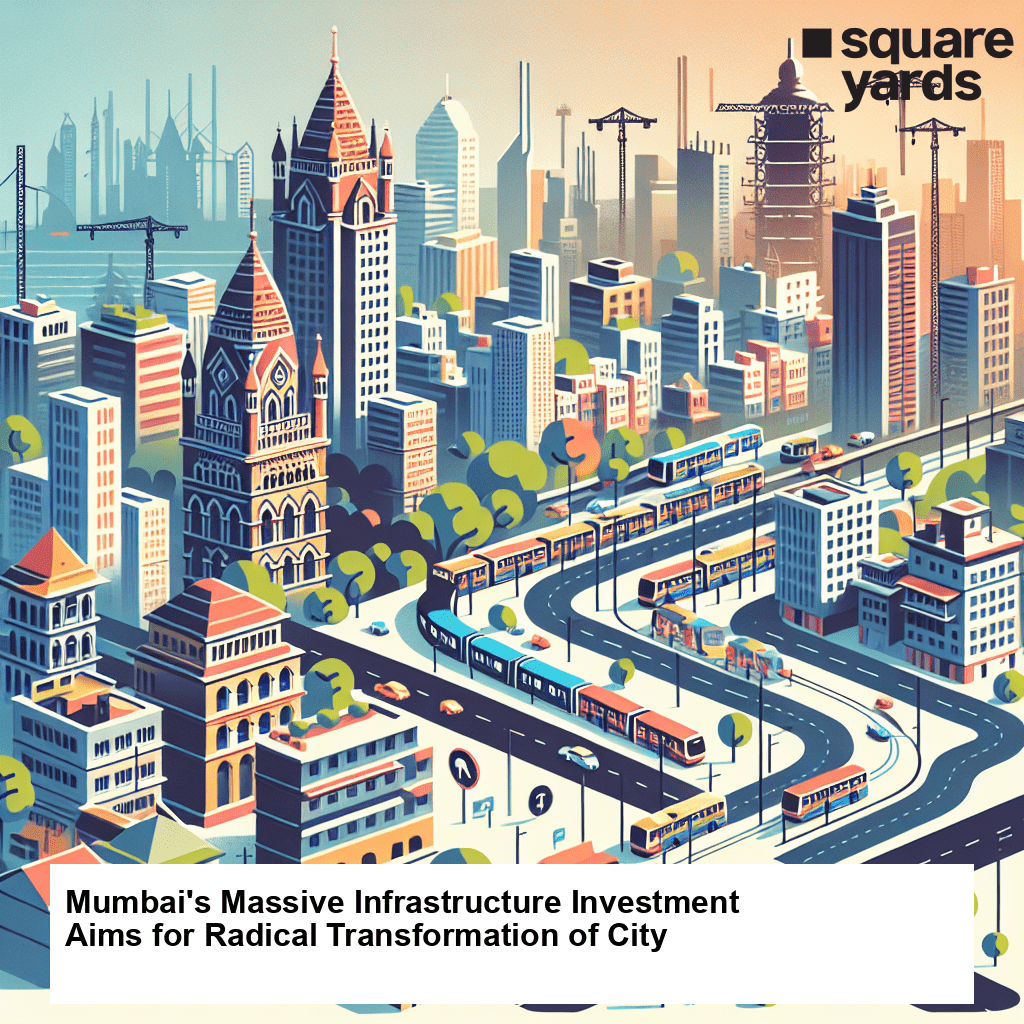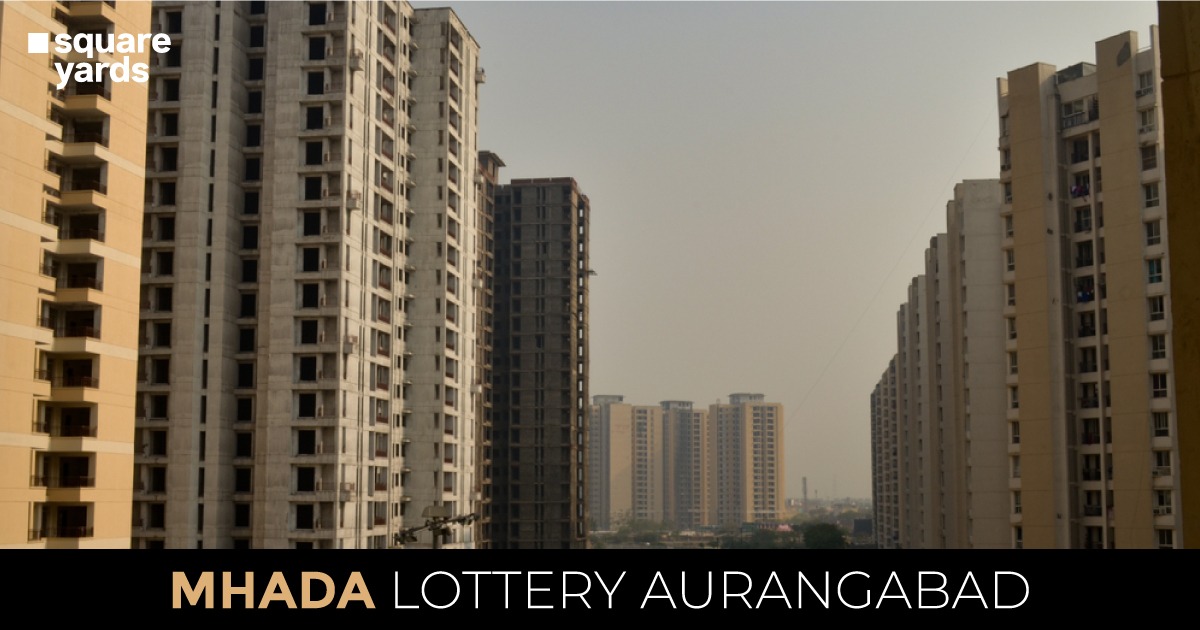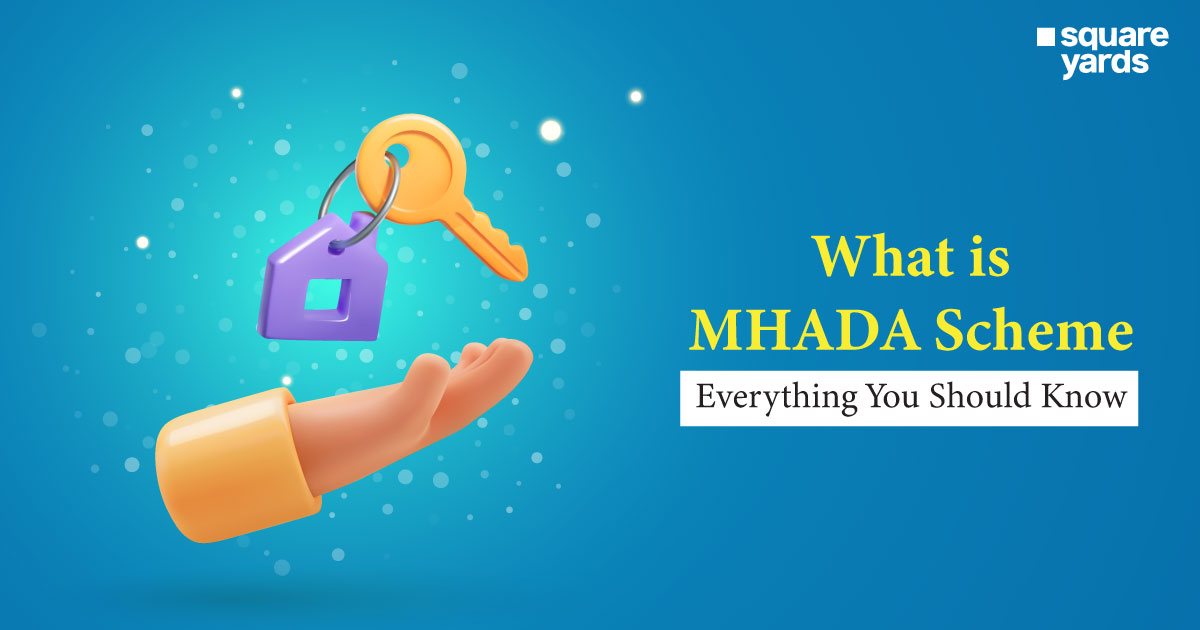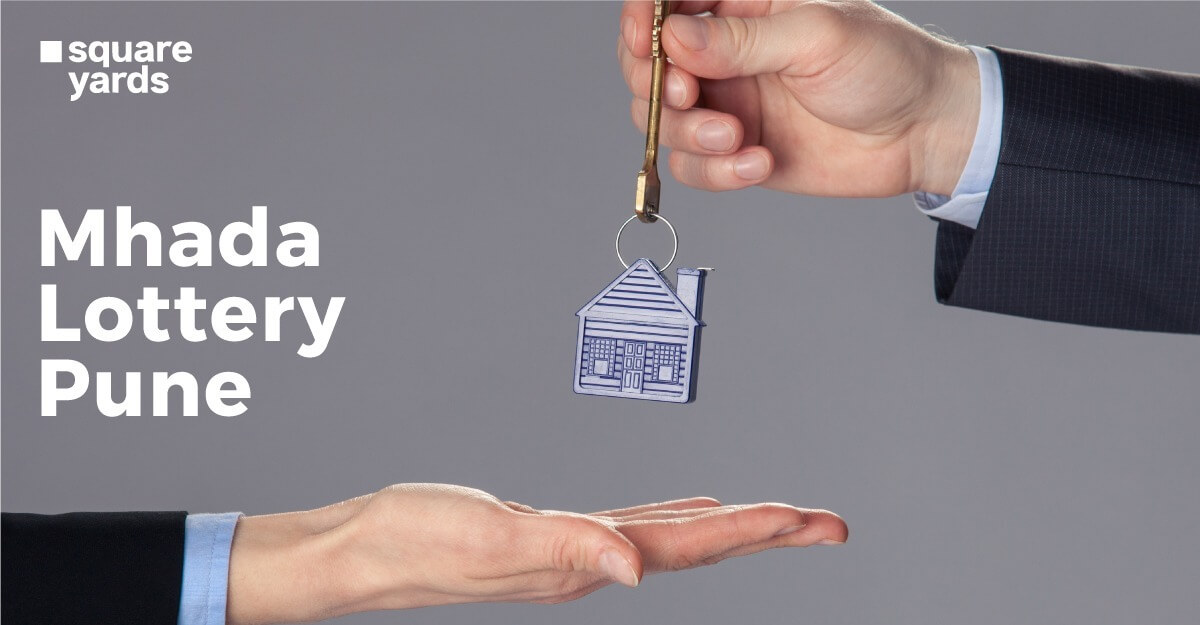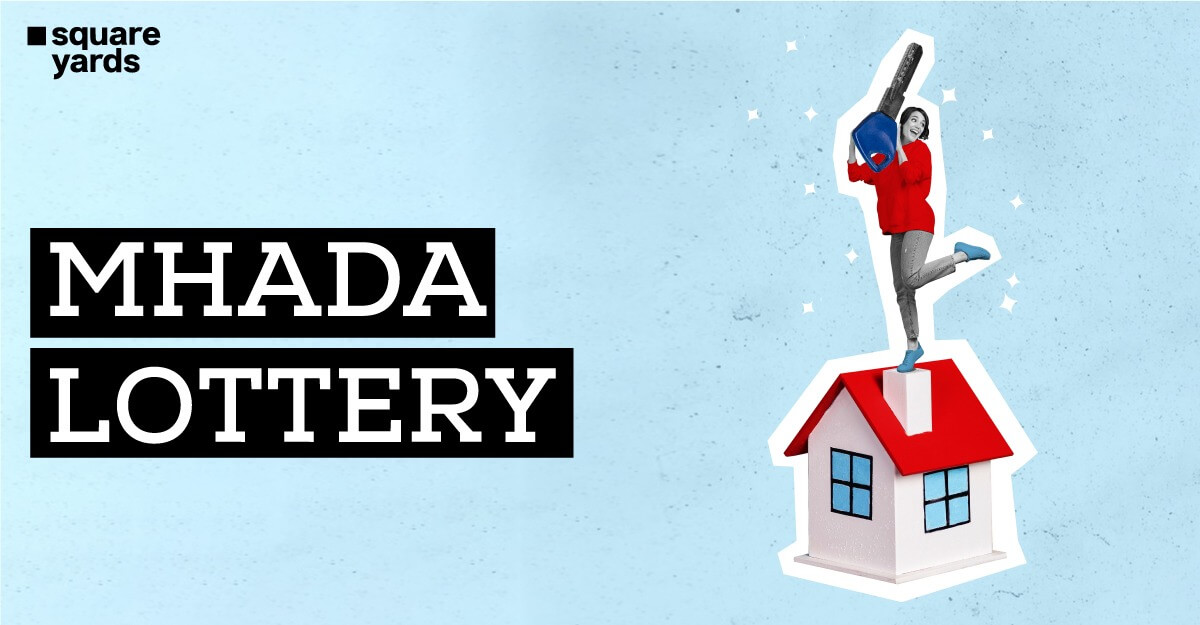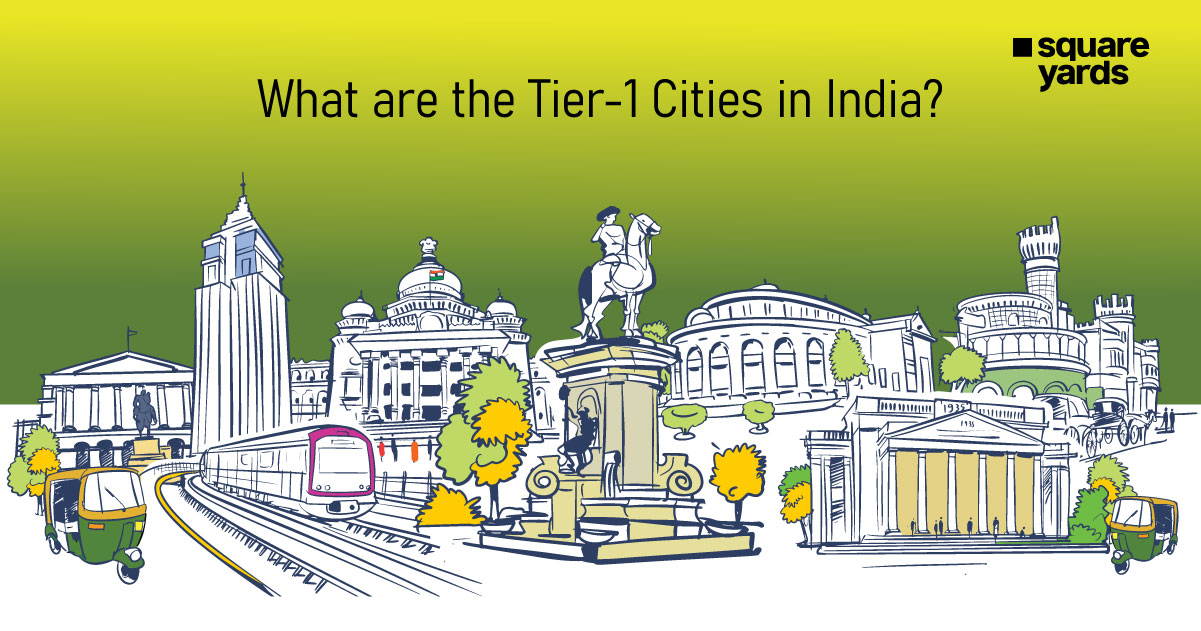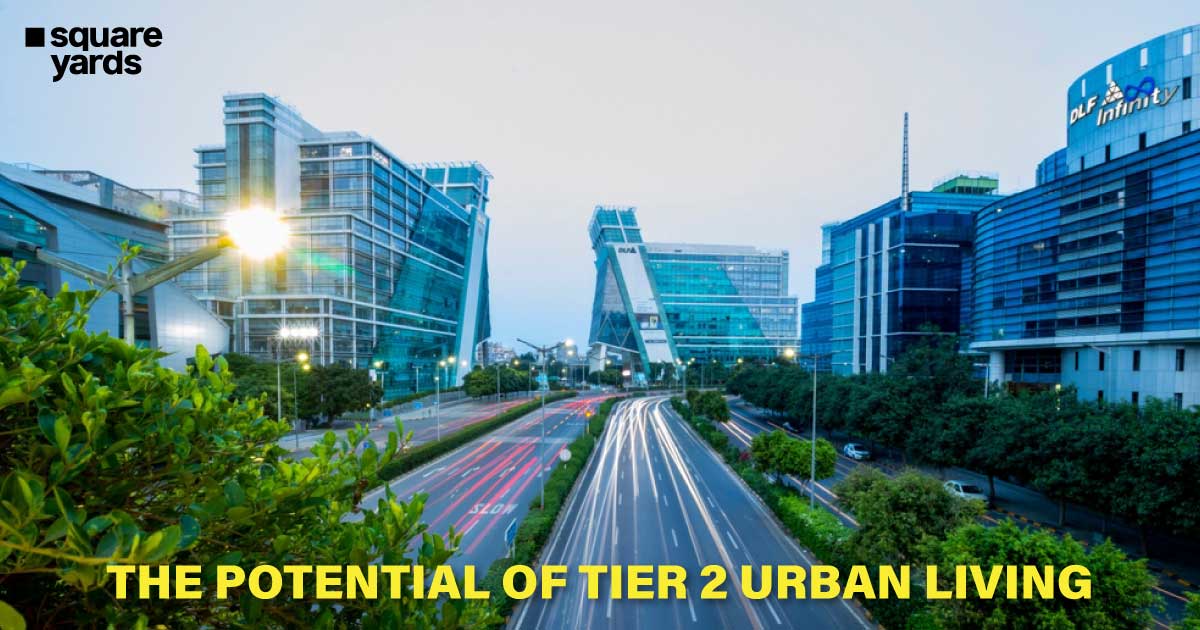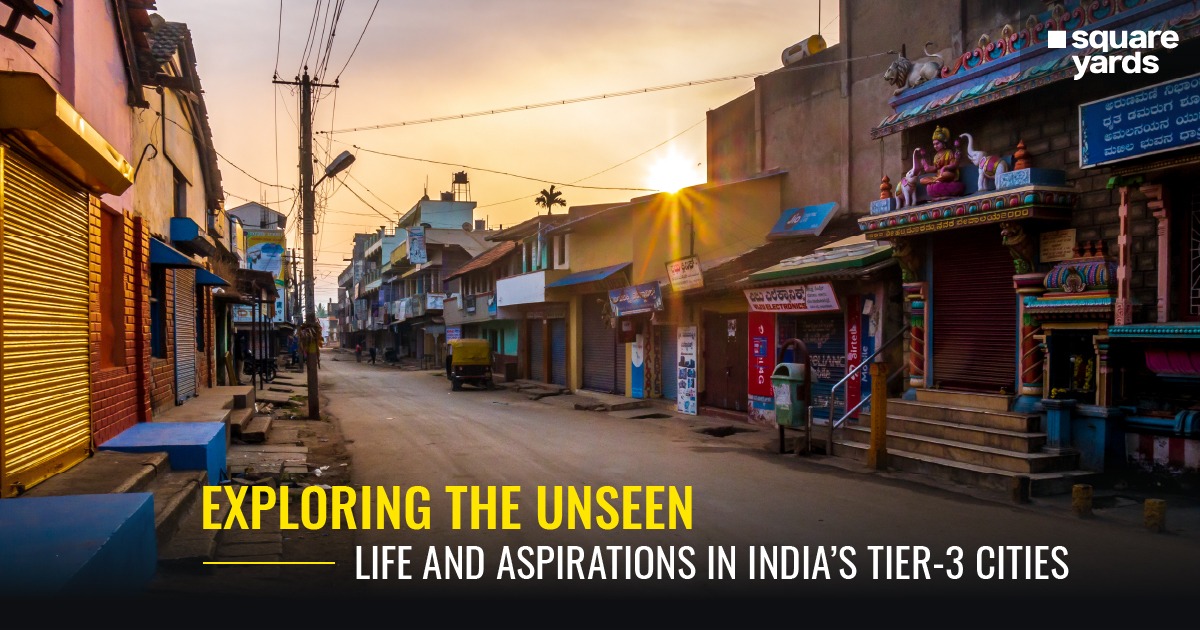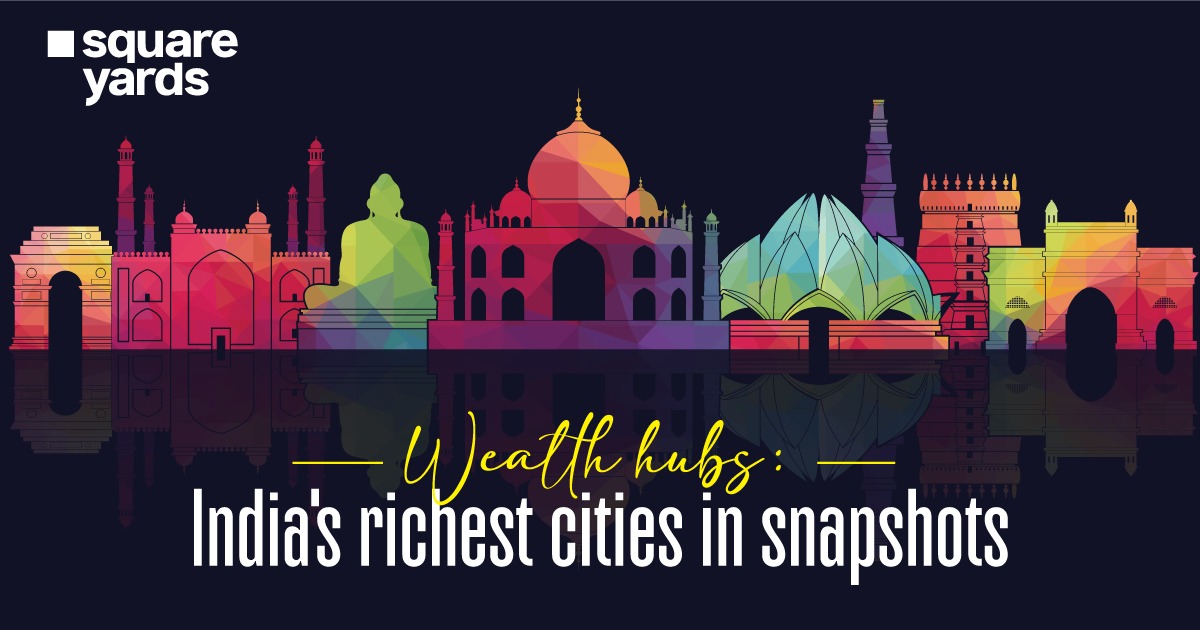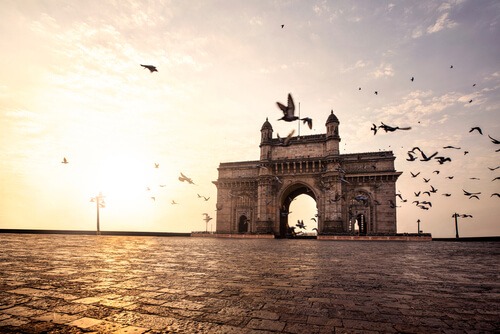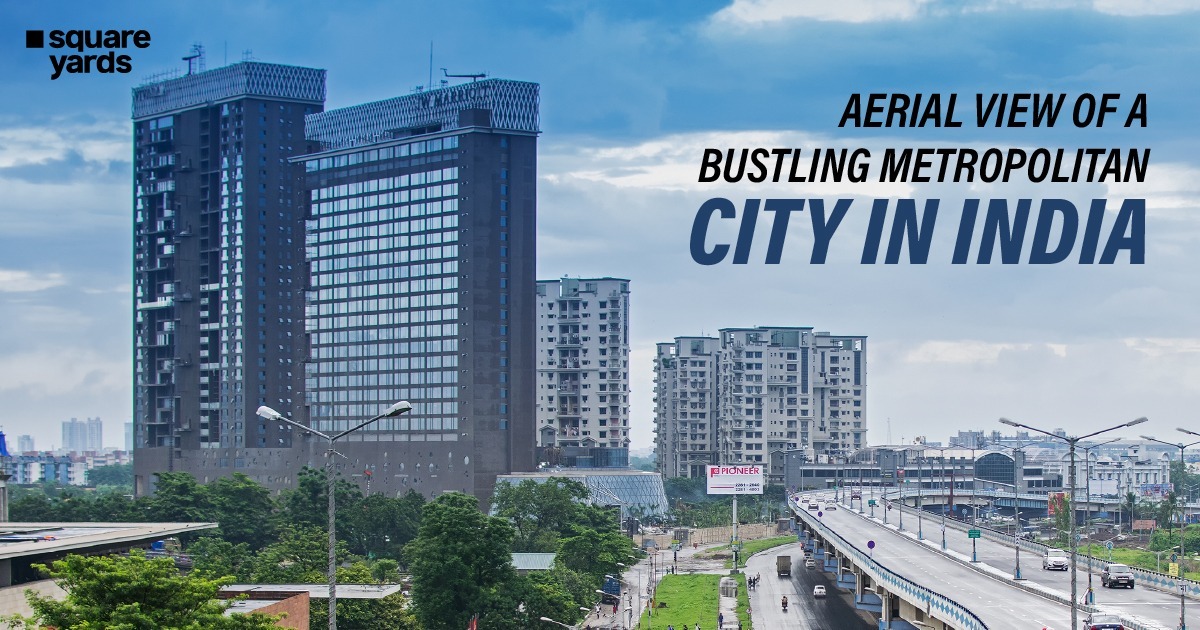Back in the ages, the Jhansi fort held revolutionary importance. It was built in the 17th century by the ruler of Orcha, Raja Bir Ju Deo. The incredible Jhansi Kila stands on a rocky hilltop in the central part of the city. Not just the legacy, but inside Jhansi Fort, the museum depicts the history and draws tonnes of tourists to Jhansi. Surrounded by famous temples and historical sculptures, the Jhansi Kila has a lot more than what meets the eye.
In this article, we shed light on the marvellous Jhansi ka Kila. Let’s begin!
History of Jhansi Fort
The Jhansi Fort, perched atop the Bangira hills, could be seen for miles. The present tourist attraction, has stood the test of time and witnessed attacks by several invaders. This ancient mediaeval fort, which has a history dating back to 1613, was originally known as Bangira before being renamed after Rani LaxmiBai and amicably called as Jhansi ki Rani Fort.
Rani LaxmiBai married Raja Gangadhar Rao Newalkar, the fifth ruler of Jhansi. Lakshmi Bai took control of Jhansi Kila in 1857 and led the army against the British invaders who besieged Jhansi in 1858. Rani Laxmi Bai fought bravely and made a fearless escape on horseback straight from inside the Jhansi Kila.
The Enticing Architectural Design of Jhansi Fort
The Jhansi Fort is an architectural masterpiece that stands above the hilltop in the centre of the city. The fort clearly demonstrates the North Indian style of construction, unlike the South Indian forts, which are mostly built on the seabed.
The Jhansi Kila was built using elements of both the Maratha and Bundela styles of architecture. The fort was an army stronghold with 20-foot thick granite walls along with a wall on the south end that connected the fort with the city.
The fort spreads over a sprawling 15 acres and this monumental structure measures about 225 metres in width and 312 metres in length. A mammoth wall was constructed, surrounded by the moat on either side, along with 22 other supports to strengthen the fort.
There are 10 iconic gates that give access to the south-facing Jhansi fort. The entrance of Jhansi Kila, i.e. the Lord Shiva Temple and the Lord Ganesha Temple, depicts people’s belief in God.
What’s inside the Jhansi Fort?
Jhansi ka Kila is a living testimony of ancient valour and sacrifice. The fort has a rare collection of fine antique sculptures that portray the significant history of Jhansi. The massive Jhansi Fort has ten gates, and some of them are Khandero Gate, Unnao Gate, Jharna Gate, Datia Darwaza, Orcha Gate, Sagar Gate, Sainyar Gate, Chand Gate, and Laxmi Gate.
Besides these iconic gates, there are several other remarkable places inside the fort that we have listed down:
- Karak Bijli Toup (Tank)
- Rani Jhansi Garden
- Shiv temple
- “Mazar” of Ghulam Gaus Khan, Khuda Baksh, and Moti Bai.
- The Bhawani Sankar cannon of Moti Bai (a woman gunner)
- The Karak Bijli cannon of Ghulam Gaus Khan
The Political Significance of the Jhansi Fort
The Jhansi Fort instantly reminds us of the brave Rani Laxmi Bai, a warrior queen who fought against the British invaders. She was the nerve centre around which rebellion gathered in the region during the 1857 revolt.
The 1857 Jhansi Revolt is recounted as the first war of independence in India. The fort of Jhansi was the battleground of the 1857 war and a magnet for those who were longing to reclaim their freedom.
Facts about Jhansi Fort (Jhansi Kila)
- Next to Jhansi Fort, there is a Rani Mahal, which now houses an archaeological museum.
- There is a dark room (Kal Kothari) under the Jhansi Kila premises, made by Britishers to imprison those who they thought would be trouble for national security.
- The Jhansi Kila originally had five floors, out of which only three stories exist today.
Jhansi Fort Timings and Entry Fees
The opening time for Jhansi Fort in the morning is 7am. Visitors can run through archaeological remains in the fort by its closing time, 6 pm. The fort remains open from sunrise to sunset throughout the week, with its weekly off on Monday.
Jhansi ka Kila is a ticketed monument, so visitors must have an entry ticket to enter the fort. For many other monuments in India, the ticket price for the old Jhansi Kila is different for Indians and foreigners.
The approximate ticket price list
- Entry fee for Indians: Rs. 15.
- Entry fee for foreigners: Rs. 200.
- Entry fee for SAARC and BIMSTEC countries’ visitors: Rs. 15.
- Children under the age of 15 are admitted free of charge.
Ways to Reach Jhansi Fort
Jhansi Ka Kila is located 3 km away from Jhansi railway station. Jhansi Junction is well connected with all major cities in India via regular trains. Auto rickshaws are easily available from the railway station to Jhansi Kila.
If you happen to come by flight, you will land at Gwalior, which is the closest airport to Jhansi. Gwalior airport is located 103 km from Jhansi. Therefore, you can take a bus from Gwalior to Jhansi Museum, from where the Jhansi Rani Fort is just 0.3 km away.
What Is the Best Time to Visit Jhansi Kila?
The winter season is the best time to visit Jhansi, which starts in early October and remains till late March. The weather in winter remains calm and cold, making it pleasurable to explore the city to its core. Many tourists prefer visiting Jhansi to attend the one-week long Jhansi festival that is held in February every year.
It is recommended by locals and several tourists to avoid visiting Jhansi ki Rani Fort in the summer and monsoon seasons, i.e., from April to September. The humid weather in Jhansi with hot winds and heavy rainfall is not ideal for sightseeing.
In Conclusion
Visiting this great revolutionary fort will give you a glimpse of the cultural and historical heritage of 17th-century Jhansi. This Bangira hill monument depicts the bravery of Laxmi Bai while focusing on the architectural importance of the fort that helped her stand against the Britishers.
The sculptures inside the fort portray how the fort stood the test of time. You can easily reach the fort as it has good commuter connectivity and remains open with Monday off. However, it is best to visit the fort during the winter months when the weather in Jhansi is mild.
Don’t Miss Out
FAQ’s About Jhansi Fort of Maharani Lakshmi Bai
Who built the Jhansi Fort?
The Jhansi fort was built by Raja Bir Singh Ju Deo on a rocky hill which was called Bangra and is now known as Jhansi.
How to get to Jhansi Fort from Jhansi Railway Station?
A taxi from Jhansi railway station to Jhansi Kila is one of the fastest ways to reach the fort, as it takes about 4 to 5 minutes and costs around Rs 90 to Rs 110.
When was the Jhansi fort built?
Jhansi Fort was built in the 17th century on a hilltop as an army stronghold.
What is the other name for the Jhansi Fort?
The Jhansi Fort is also known as Bangira in Uttar Pradesh, North India.
Where is the Jhansi Fort situated?
The Jhansi Fort is located on a big hilltop in Jhokan Bagh, Uttar Pradesh.
Which Indian warrior queen bravely fought the British from the Jhansi Fort?
In the great Indian rebellion, Laxmi Bai was a leading figure who fought against Britishers from Jhansi Kila.


